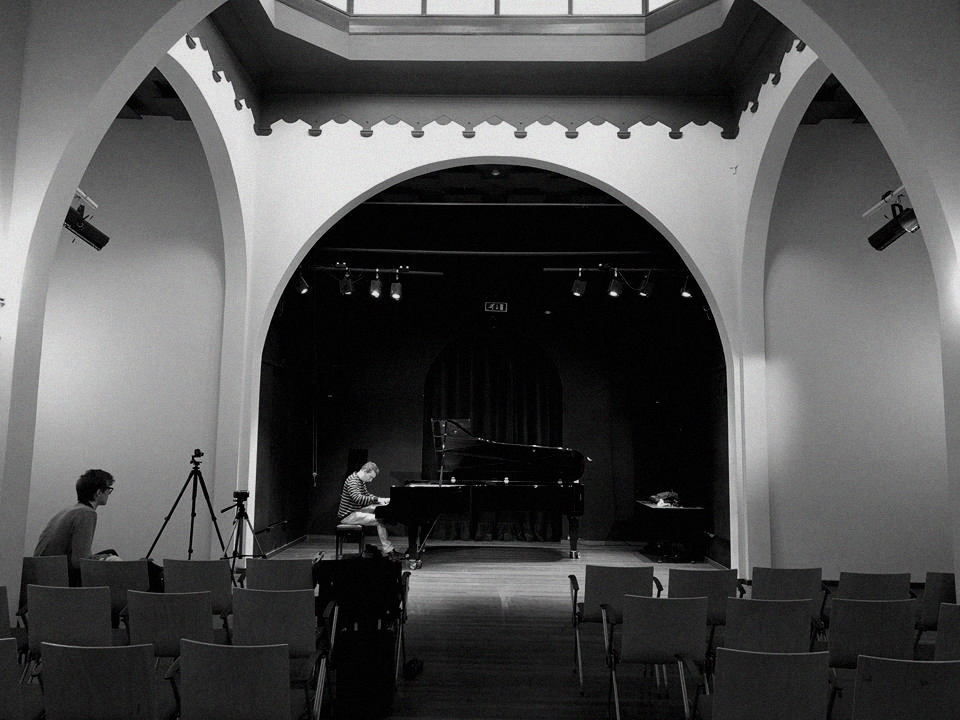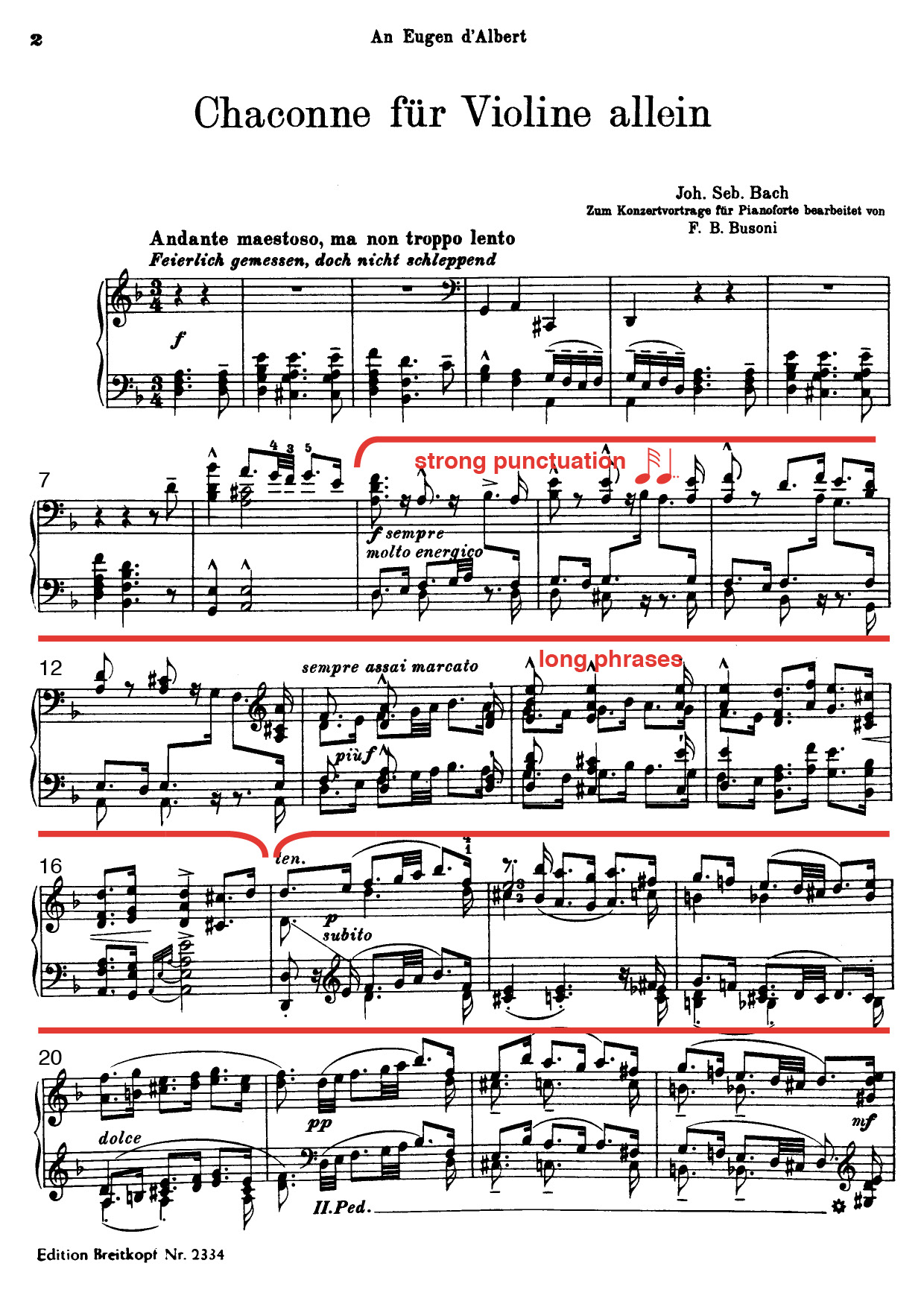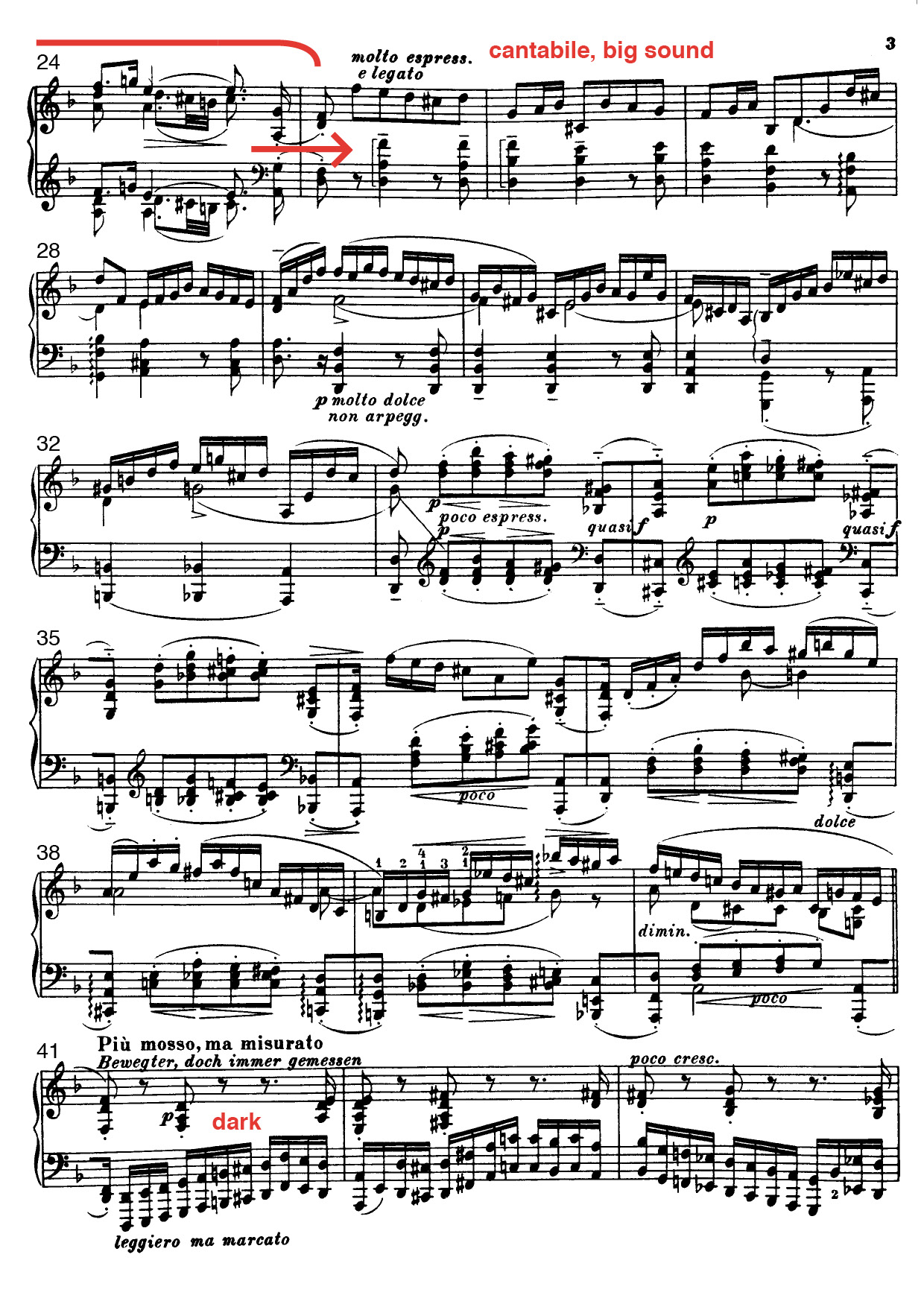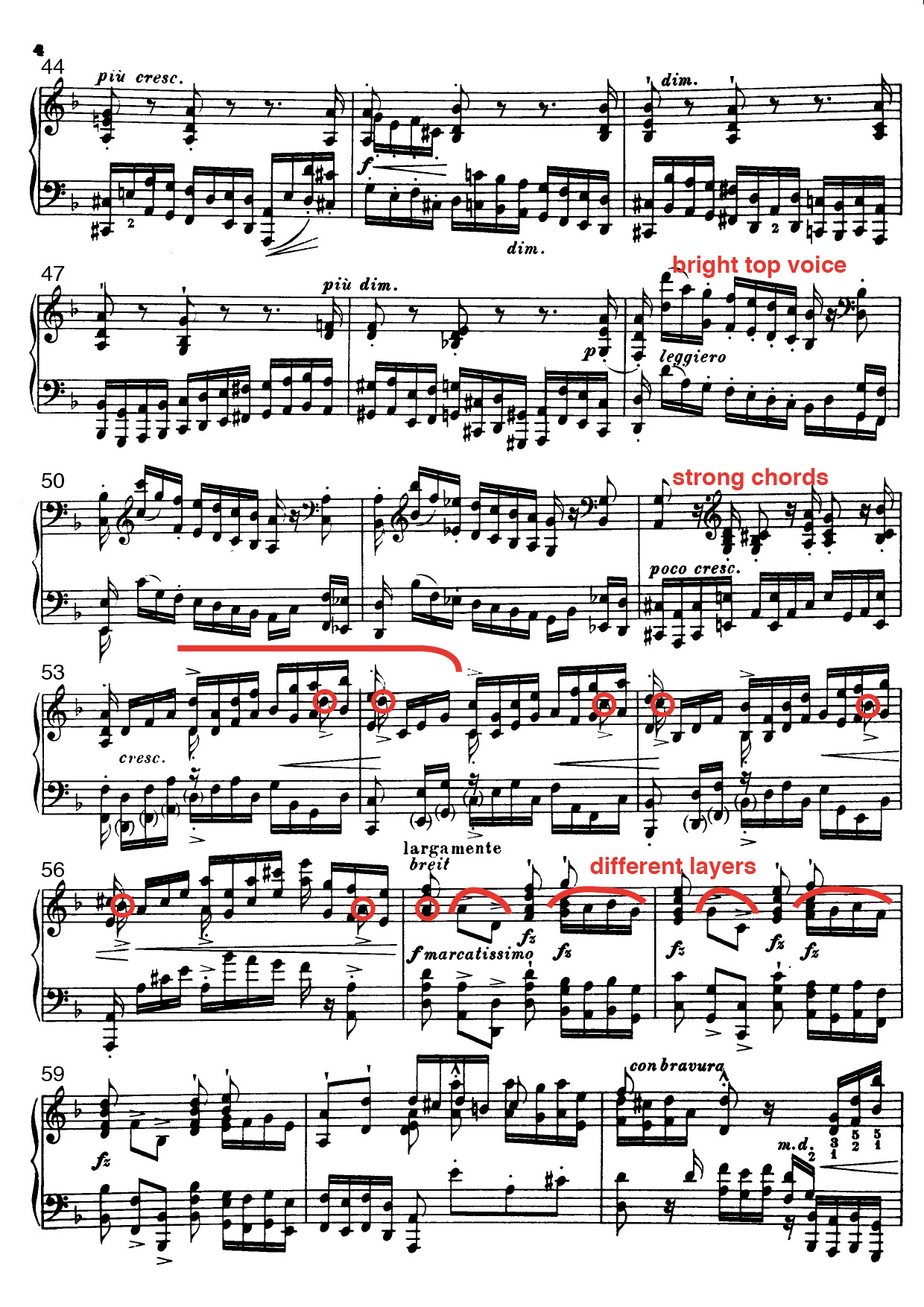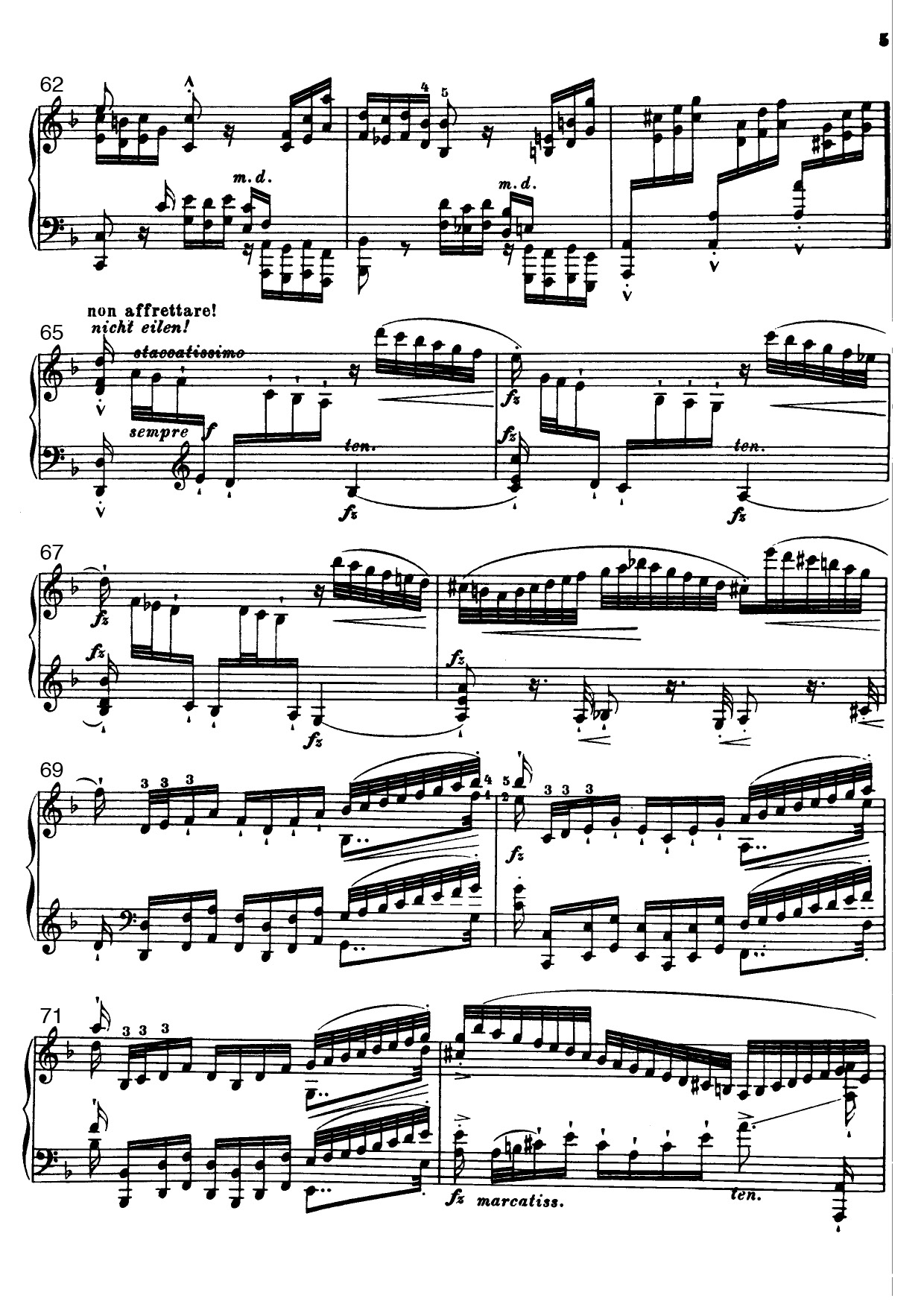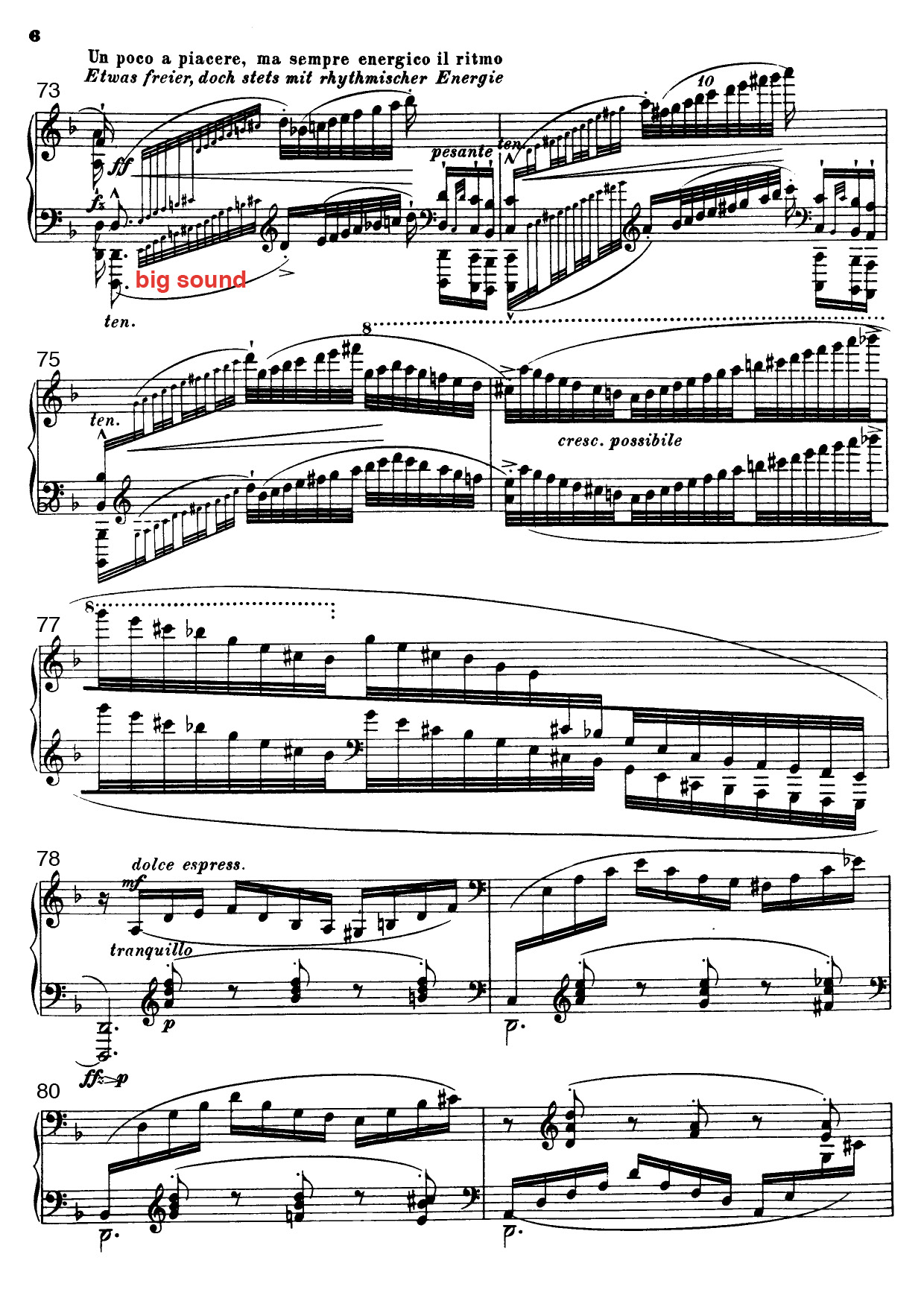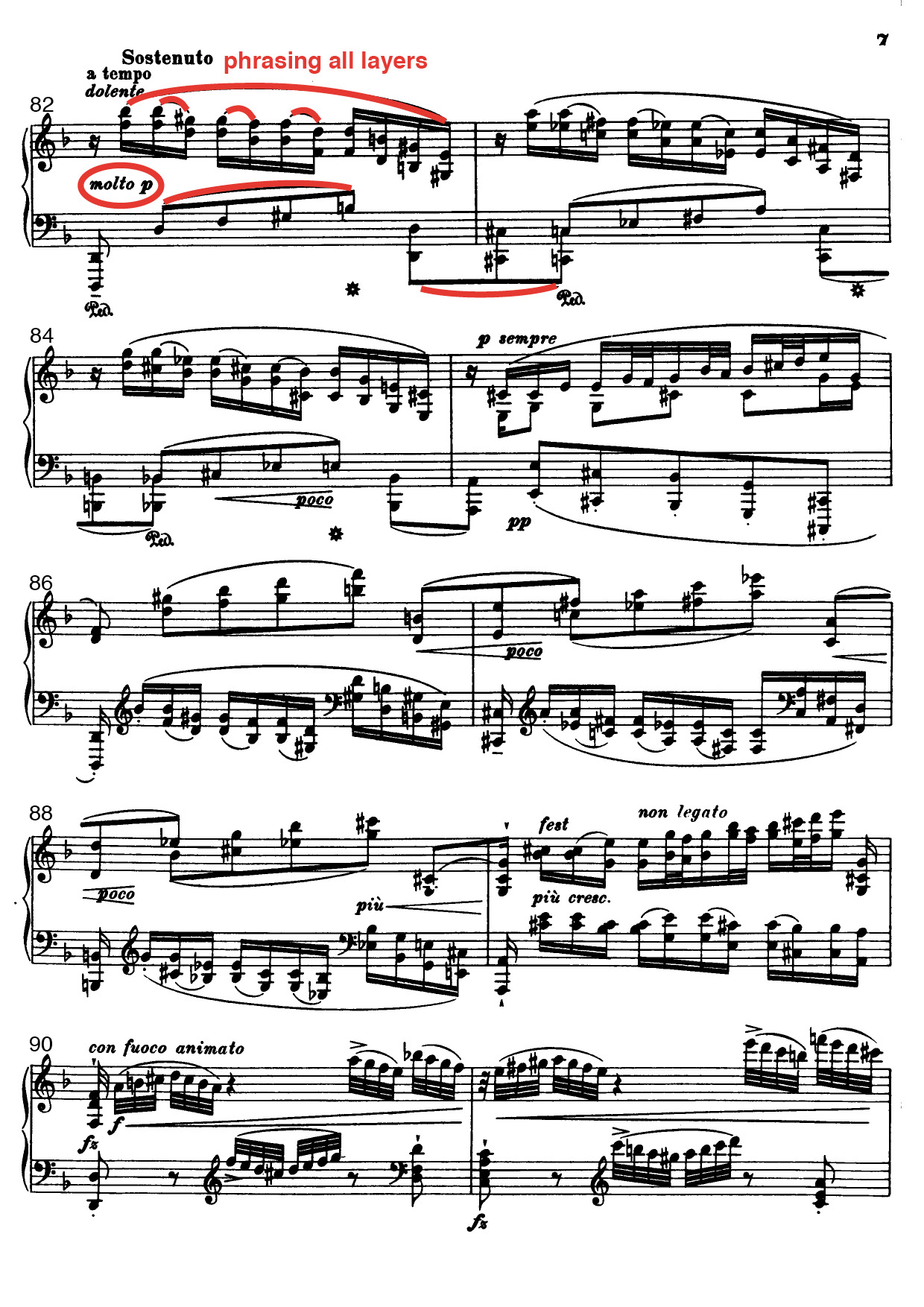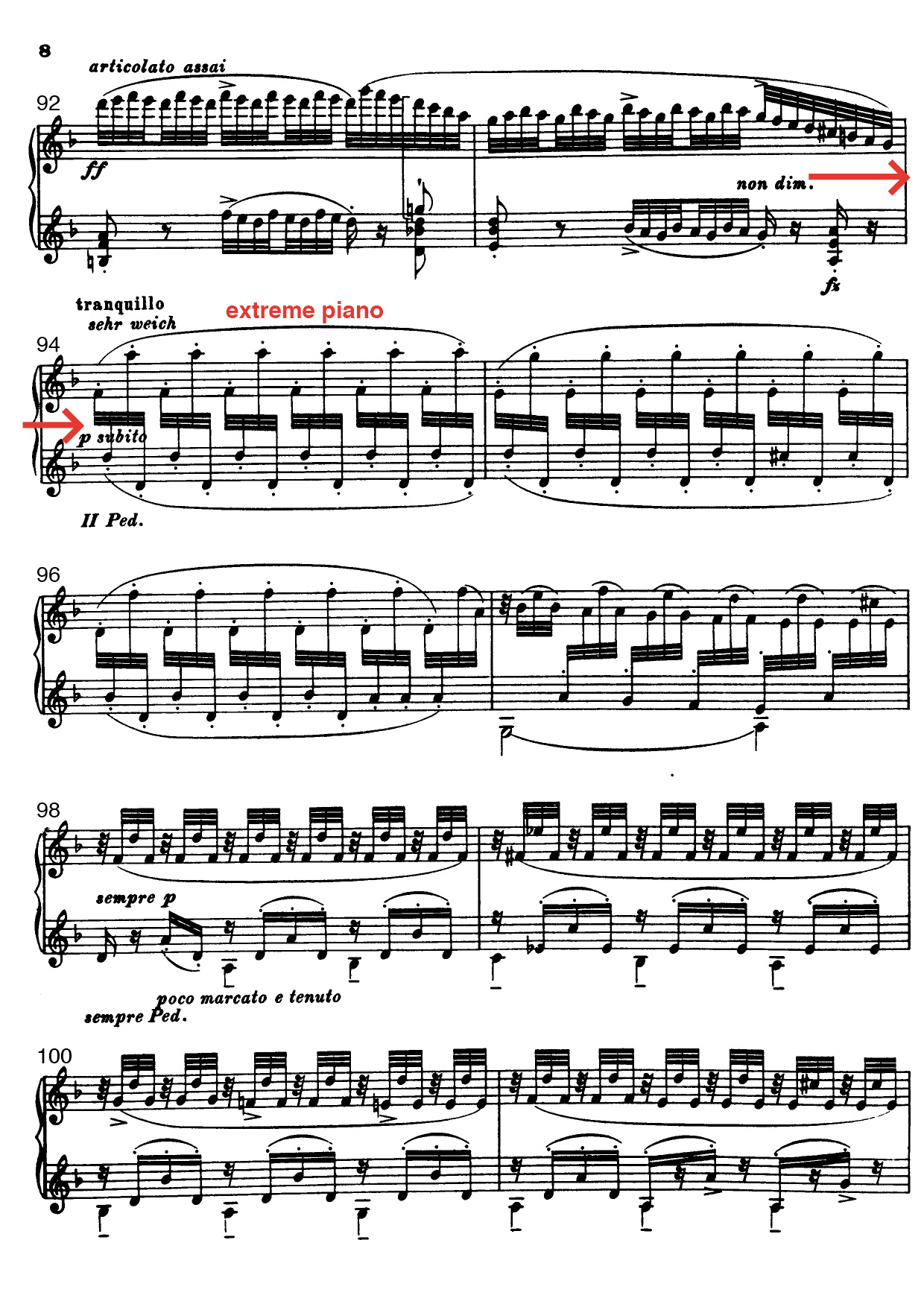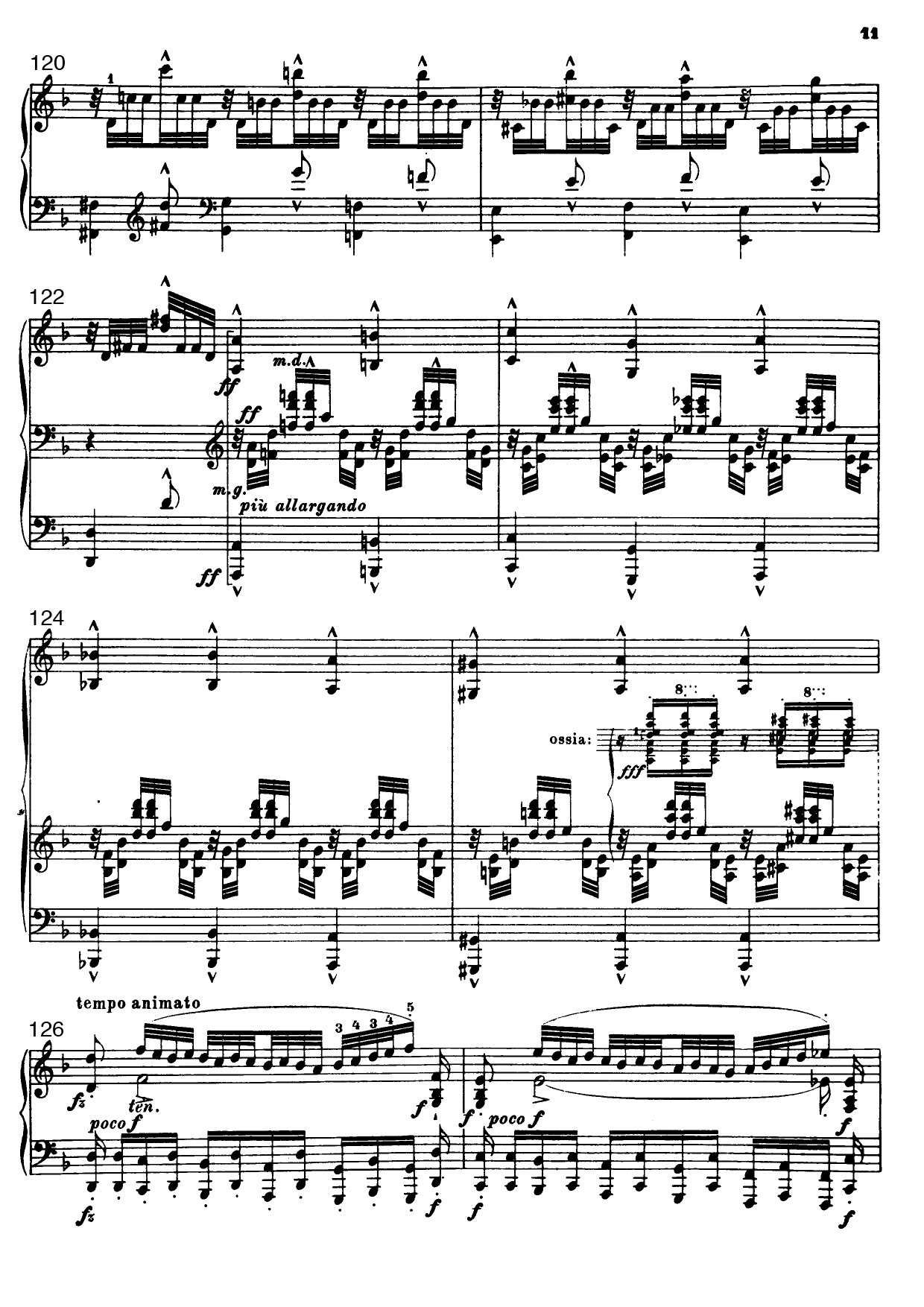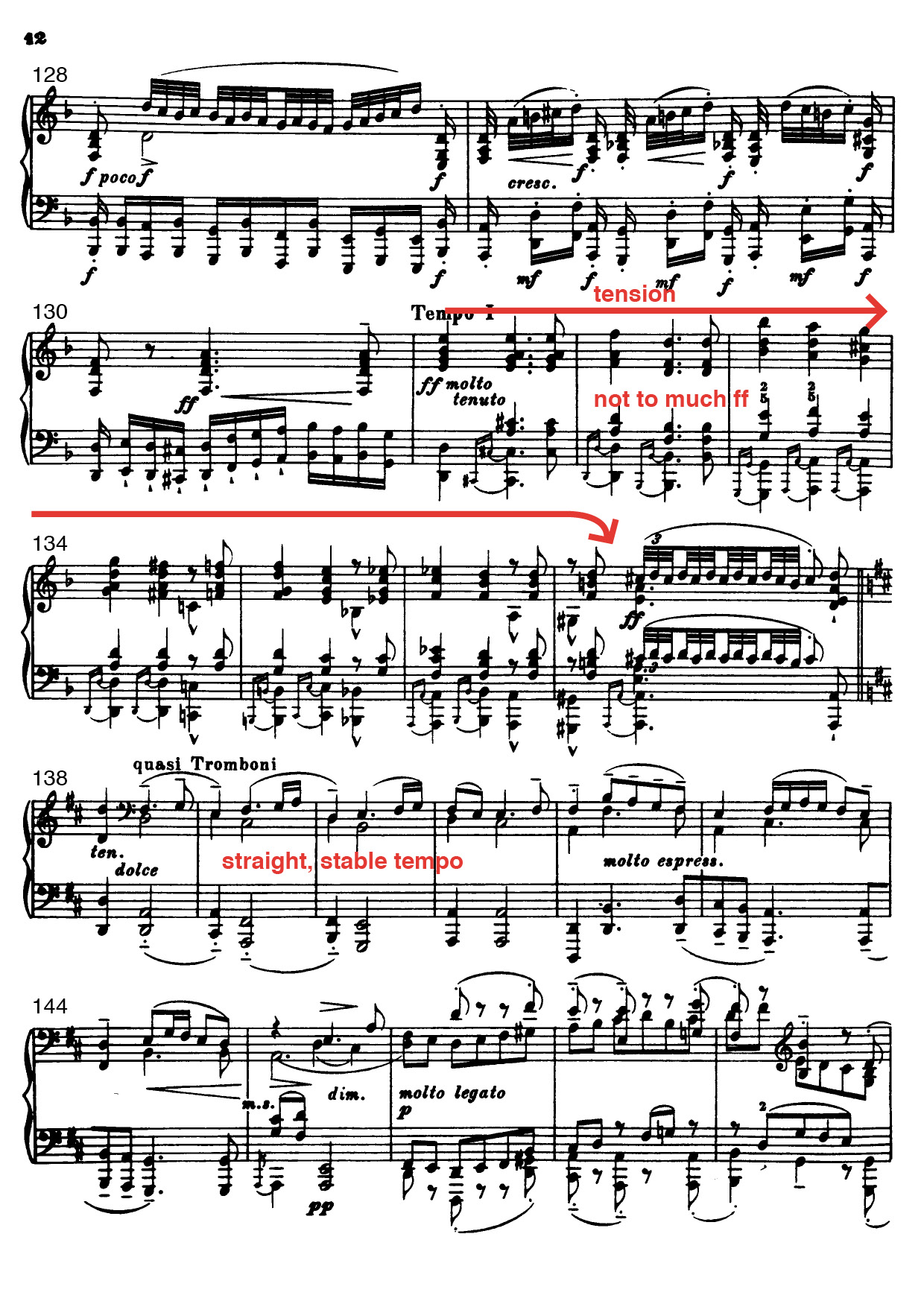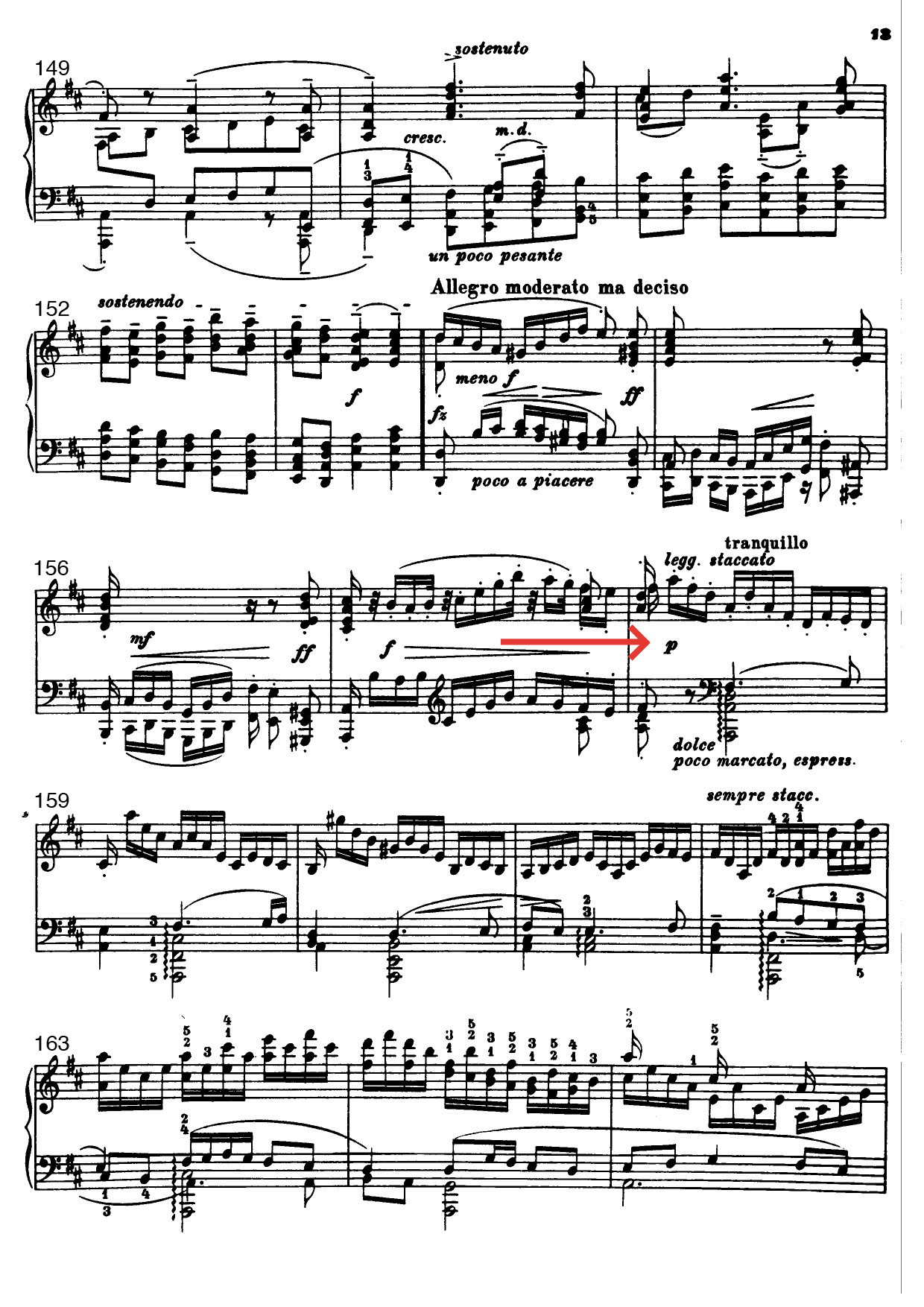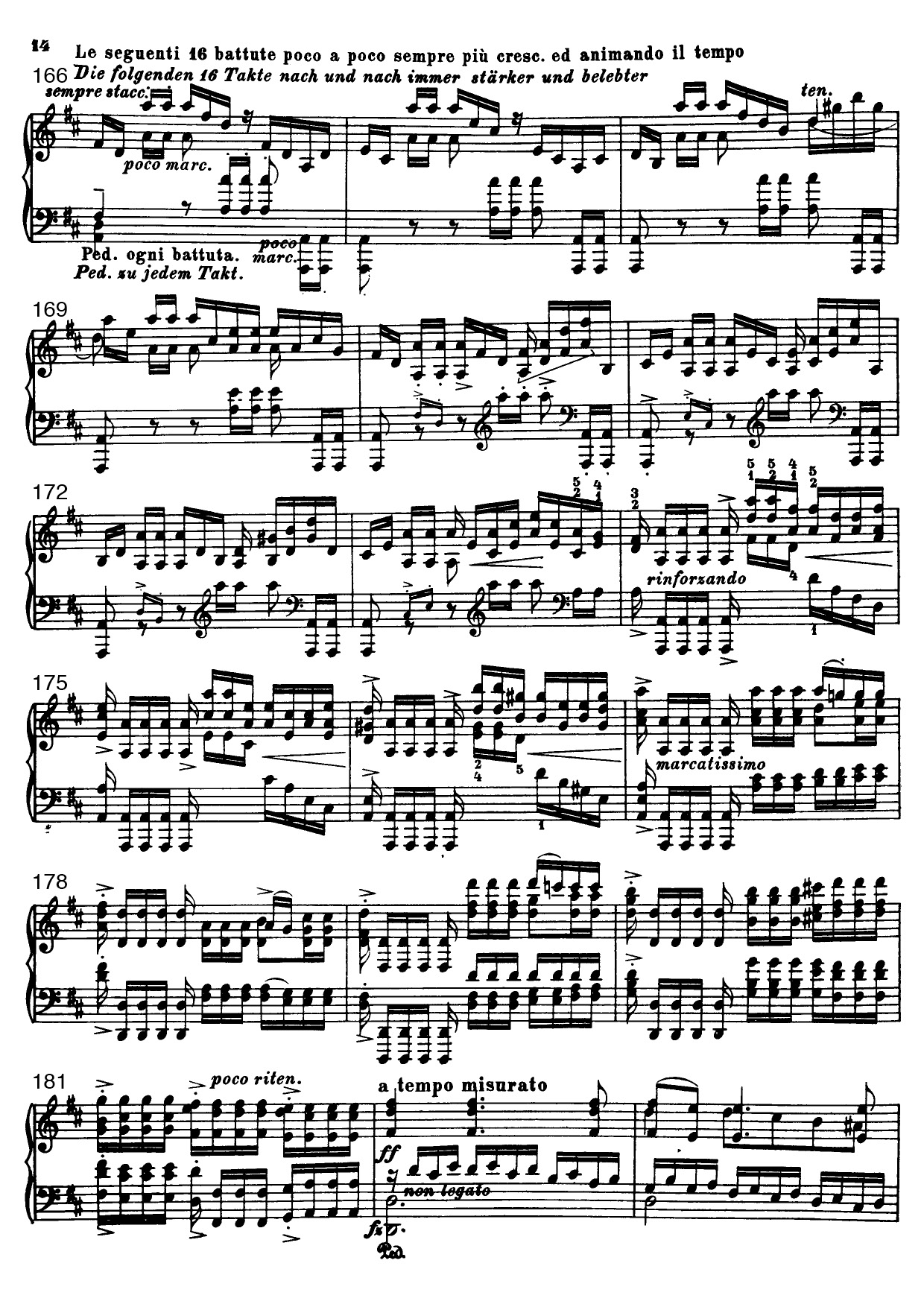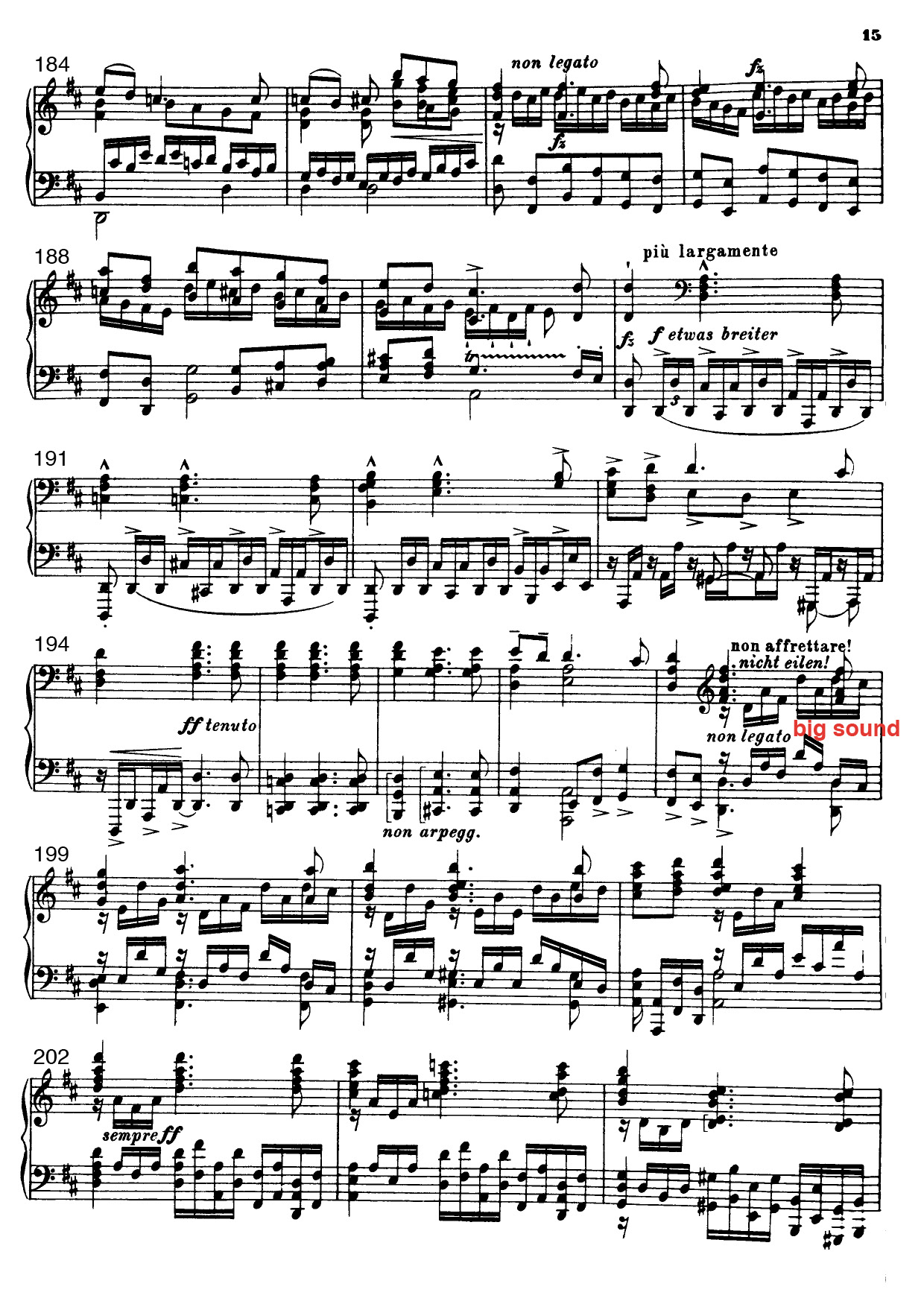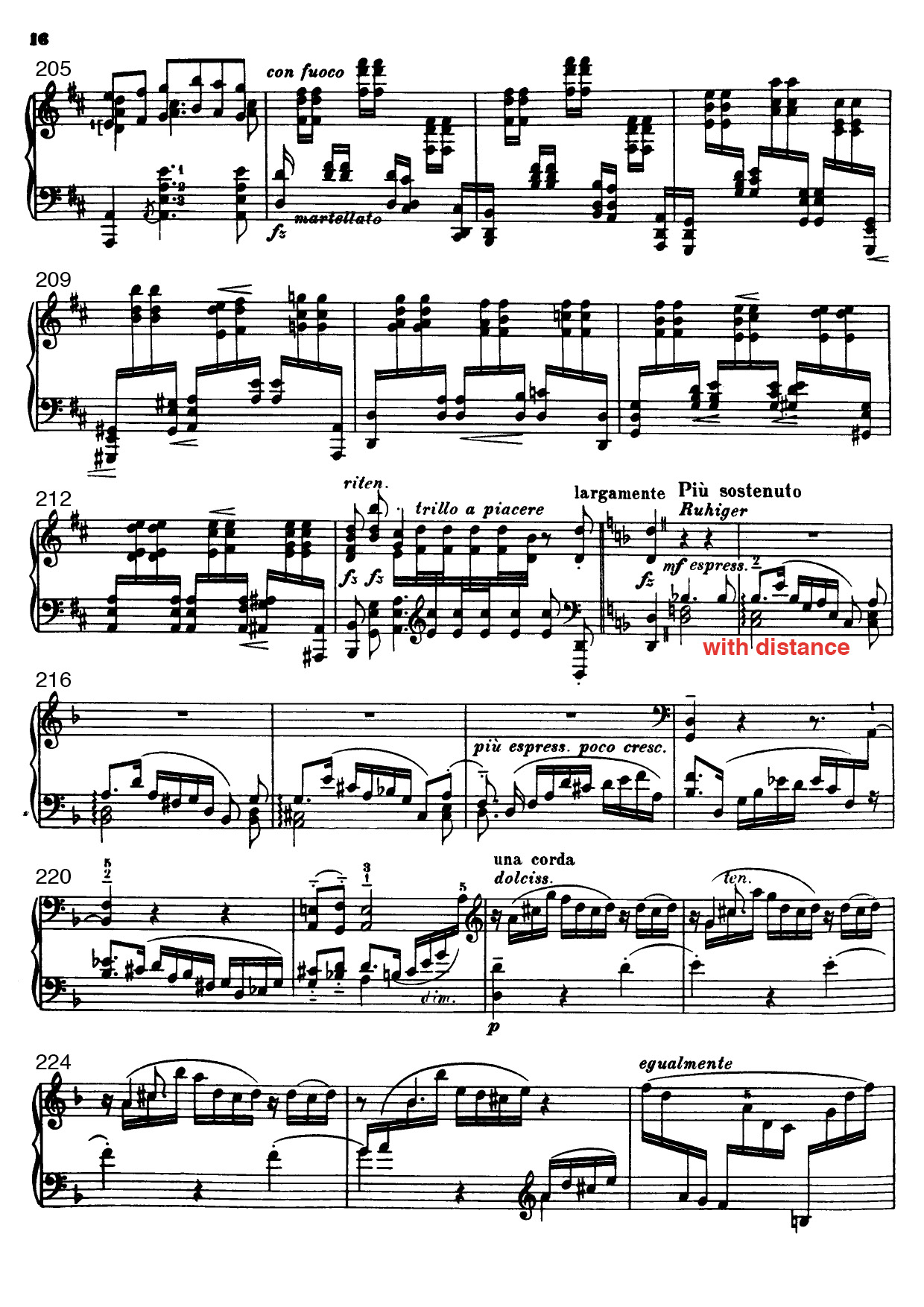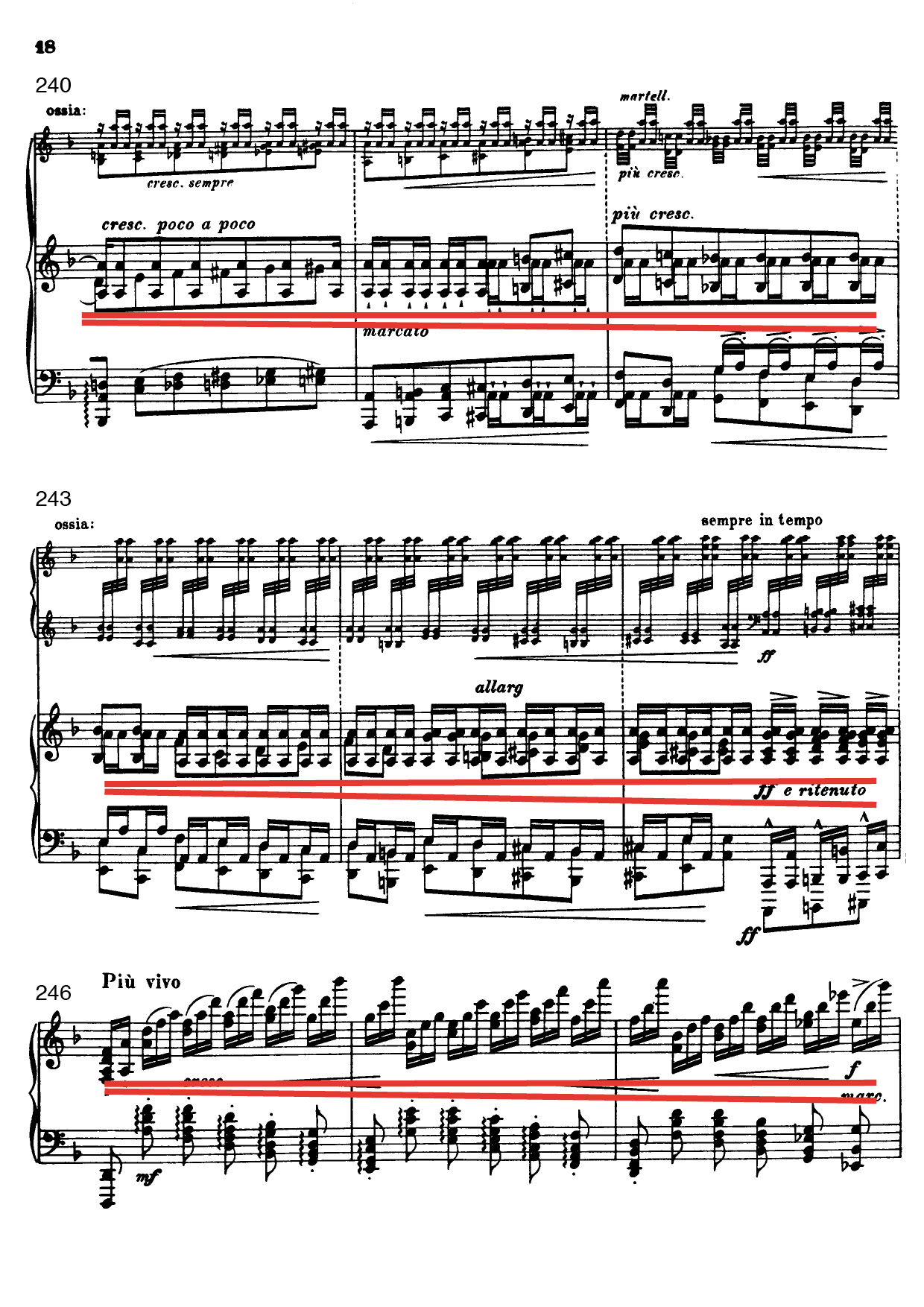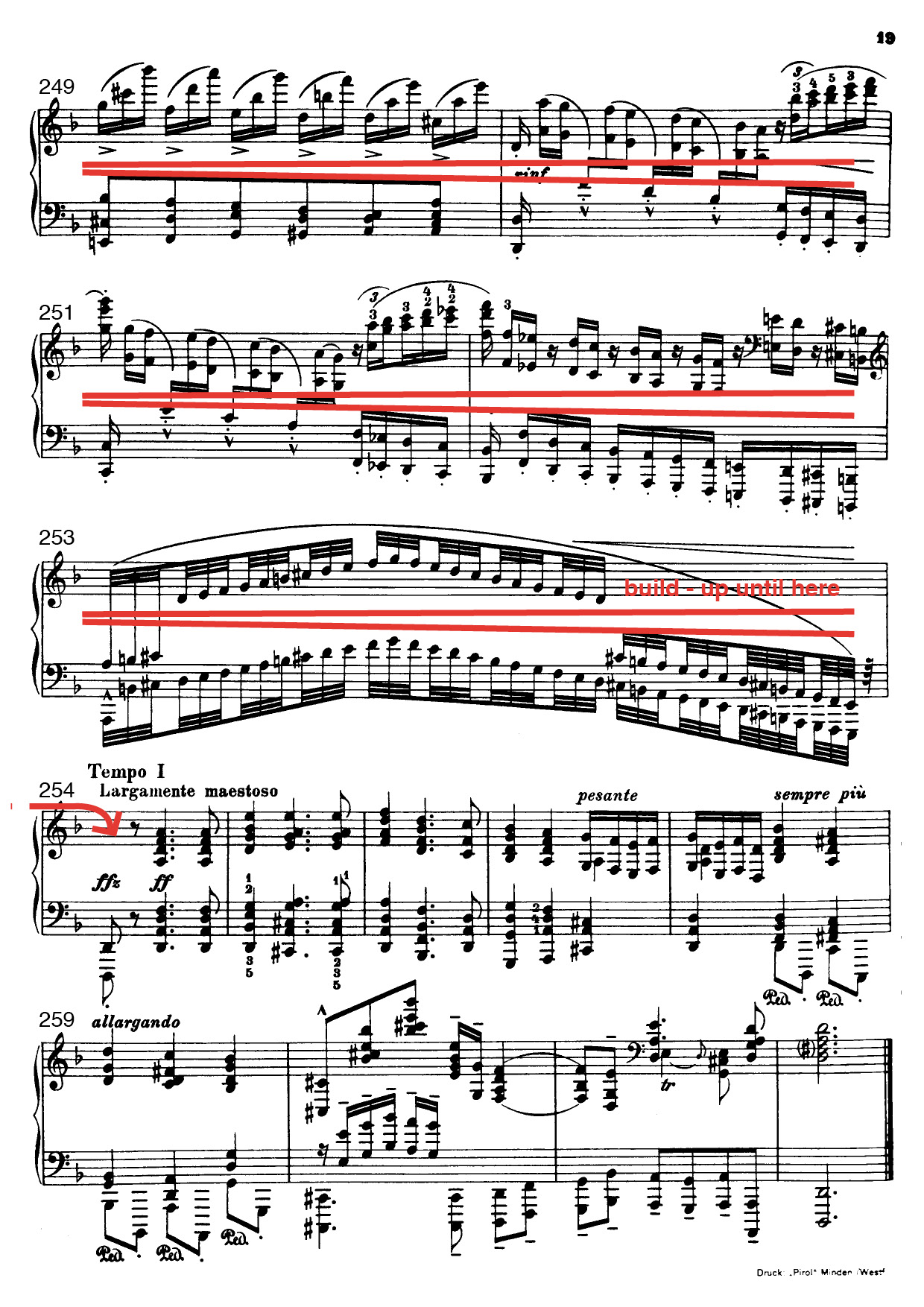concert hall
The concert hall is the traditional environment in which classical music is presented today. It was built for this purpose and is therefore very well suited to both performing and listening. Similarly, the ways in which we play and listen have themselves also adapted to the concert hall setting: "As music written in the Western classical tradition moved from church to court to salon to public theater to private home to performing arts center, artists have adopted their methods and their expectations and audiences have developed complex codes of behavior and response." (Neher, 123) It should be noted here that for purposes of this research project, when I refer to a concert hall I am talking about a relatively small space with up to 150 seats. This is for the simple reason that this is the concert hall size to which I am most accustomed in my own performance activities. As such, I will conduct my concert hall experiment in Leiden's Kapelzaal. Regardless of size however, there is something unique about the behaviors and assumptions inherent in a modern concert hall setting:
All public behavior sends a message about the relationship of those who are exhibiting it to those who watch it. It seems to me that the message of these musicians' onstage behavior is that of their professional exclusivity, of their belonging to a world that the non-musicians who sit beyond the edge of the stage cannot enter … They will address not a single word to the listeners in the course of the performance; we shall not hear their natural voices but only the ritual voices of their instruments as they play.” (Small, in Markusen and Brown, 868)
This quote quite explicitly illustrates the physical and psychological distance between performers and audiences in typical concert halls. What this means for the performer, is that he can withdraw into his own world and fully concentrate on the task at hand. There is minimal chance of interruptions here and thus more opportunity to deliver a very independent, and artistically pure performance. This setting removes any worldly influences and makes space for—and creates—a transcendent and spiritual experience. The vast space of a hall and large distance between performer and audience however, can also mean that sounds—especially soft dynamics—can get lost.
Because this distance from the audience can provide the performer with an opportunity to express the otherworldliness of specific musical sections however, for my concert hall experiment I decided to play the potentially nostalgic-sounding quasi Tromboni section of the Chaconne m. 138-153 with straighter timing and with a more abstract inner intention. For this same reason, I decided not to indulge in creating a large sound during the piece's climaxes, like in m. 130-137 and 254-262 for example, but instead decided to show the fateful inevitability of this music through very powerful, steady, and backward-leaning timing. Due to the distance between the audience and I in the hall however, I made sure to plan to produce enough sound in the singing lines, like in m. 25-32 for example.
Research shows that quite a large percentage of concert-goers in classical music concerts are very frequent attendees of such events (Oakes, 2003): if they do go to concerts in other words, they tend to go often—making these listeners what one might call classical music enthusiasts. They are experienced in listening to music and capable of understanding smaller details and more complex concepts. In my experiences in talking with members of audiences however, I have noticed that they often have fairly conservative tastes, and can be disapproving of contemporary music or radically innovative interpretative ideas. From the point of view of the performer, this means that as long as they don't offend their tastes, these types of audiences will indeed follow nuances of polyphony, style and form in their performances. This also means however that performers are aware of being judged and that they cannot get away with half-developed or poorly-executed ideas.
To satisfy this type of audience's attention and curiosity for detail therefore, I decided to very delicately phrase each voice in the Chaconne's contrapuntal sections, like in m. 82-89 for example. To clearly situate this work stylistically, in this concert hall setting I decided to play with a Baroque-inflected rhythm in m. 9-24, while also challenging the audience with extremely long, and thus more modern, 8-bar phrases.
Spatial organization involves what we are supposed to listen to and how we are supposed to listen: We are to attend to music performed onstage in a focused, attentive and silent manner. Beneath such assumptions are the social relations of musical spectacle. The modern concert hall, as an exemplar of acoustically architected space, physically frames a persistent, idealized and hegemonic practice of listening by the way it organizes sound as spectacle. It allows for a concept of audience as a passive and objectified mass of consumers. (Kaye, 36)
As suggested by the above quote, the audience's attention in a concert hall is undivided. It is the architecture of concert halls that focuses attention onto the stage and that gives the performer the freedom to perform long and complex pieces, secure in the feeling that the audience is following along. There is no need to fight for the attention of the audience here. This also puts pressure on the performer however, who feels the weight of this focus on his or her shoulders.
As the Chaconne is clearly structured in three sections, each having its own climax, for the purposes of the concert hall setting I decided to clearly outline these structures: not by exaggeratedly shaping them, but by building a single united musical gesture out of them. In the gradation from m. 230 to 254 for example, I decided not to show singular variations, but rather to play one long buildup. Even though the texture of these variations is not unified, I will connect them with a single crescendo and very straight timing in the transitions between variations.
In the concert hall, there is almost no noise. If someone from the audience does make a sound, whether inadvertently or not, they are usually met with an angry response from the rest of spectators sitting around them. This is one of the ways in which a concert hall setting can be said to create—and police—certain behaviors. Since classical music performance in its wide range of dynamics often explores a very soft spectrum of sound however, this setting is often considered to be ideal. But if the performer is trying to communicate some interesting or surprising musical ideas to the audience, he might perhaps expect some feedback, which is often impossible in the noise-free environment of classical music concert halls (Livingstone, Brown, and Muhlberger, 2005). The performer can perhaps react to this by trying to provoke the audience with some spicy interpretive details that they may not have been aware of before. In order to take advantage of this lack of noise however, I decided to play in a magical, very soft pianissimo in sections m. 94-109 and 82-89. Then, to keep the audience interested, I will emphasize small details, such as the middle voice in m. 53-56 for example.
The organization of concert halls has another side effect: the audience is discouraged from interacting socially with one another. It is considered an extreme offence to the social conventions of the concert hall environment when audience members talk during the performance: even just looking at each one another is made difficult by the positioning of the chairs towards the stage. It can make the experience of the listener a solitary one: everyone is receiving the music alone and no group-effect emotion or excitement is possible. As such, a certain level of knowledge is required in order to follow the music and create an opinion about the performance. Audience members can only discuss the performance during the break and after the concert. This can sometimes mean that some members of the audience can get lost in their thoughts during a performance, without any external help or hints that might lead them back to the music. For the performer, this however gives them the chance to awaken the personal imaginations of individual spectators: to speak to each member of the audience, performers must try to be as clear as possible with their expressive intentions. They must also give the audience stimulation in the form of contrasts and surprises (of course within stylistic boundaries) to help them follow along.
Since one perceives music in such a solitary and personal way in the concert hall, I decided to leave some passages in the Chaconne (m. 214-230 for example), and even some very intense passages, rather emotionally unidentified in order to spark the imagination of the audience. I believe that less expressive interpretations of musically and emotionally powerful passages can motivate the listeners’ imagination much more than obvious and straight-forward displays of passion. To keep the audience alert and not lost in their own thoughts however, I decided not to let them (and myself) enjoy comfortable timing during transitional material, such as in m. 24-25, 93-94, and 157-158 for example, but rather I intend to spice these passages up with a few extra changes in color.
There is traditionally no verbal communication between the audience and the performer in concert halls. There is a habit of congratulating the performer after the concert, but this is usually reserved for the most 'informed' or illustrious members of the audience. This allows the performer to concentrate fully on the music at hand onstage, rather than worrying about verbal dialogue. In recent years however, it is more and more common to see performers announcing their programs to audiences before they begin to play, or even during the concert itself. This gives the audience an opportunity to connect with the performer and form a more 'personal' relationship with them. If a performer shows too much interest in verbally communicating with the audience however, there is a tendency to doubt their seriousness and to compare the event to a popular entertainment show rather than a concert:
Marc Minkowski held his left hand out behind him to shush up the loud coughers in Schubert's Unfinished Symphony with Les Musiciens du Louvre Grenoble at the Usher Hall. It was a clever move, but surely meant that part of his attention was diverted to crowd control rather than to the score. (Molleson, 2013)
Before performing this piece in my concert hall experiment, I decided to prepare an interesting text comparing the original composition for violin solo with its transcription for piano by Ferruccio Busoni. I believe that presenting a theoretical opinion about the piece will stimulate the audience to form their own opinions and listen to the music more closely, while also helping them to see me more empathetically. But by keeping my discussion to theoretical matters, there should be no danger of being accused of lack of seriousness or concentration.
Since Wagner and Semper designed a new model for opera houses, which ultimately led to the re-imagination of concert hall designs, the lighting in such spaces is strictly focused onto the stage, leaving the audience in almost complete darkness. This too insures a one-way communication of the music from the performer to the audience. The performer takes the active role, and the audience the passive role. (Kaye, 2012) It also creates a sense of theatricality, to which the performer must respond: they are there to singlehandedly enchant a hall full of people that are sitting in near-total darkness. For this reason, because the beginning of the Chaconne is iconic, I will honor this with a strong theatrical gesture, as if physically inviting the audience to join me on a journey through this piece.
Acoustics are always considered when building a new concert hall, meaning that it is often an acoustical pleasure to play in a concert hall. Here, performers have the ability to produce highly detailed and nuanced sounds, showing the largest possible range and richness of colors that they and the instrument are capable of producing. Here, performers can also build the sonic aspects of their performances both in how the audience receives sound and in the feedback they receive from the audience. To take advantage of this acoustical setting, I will search for large and crisp fortes in climaxes, while carefully balancing the clarity of the top voice and the power of the bass voice. In m. 41-77 for example, it would be possible in this performance space to not only gradually grow in dynamics, but also to search for different colors in each variation and, with this approach, to build a dramatic arch.
results
The performance of the Chaconne in the concert hall was not a very comfortable one for me, which is odd given that this is the very environment in which classical performers are trained to excel. In general, there were some mistakes and some sections that did not musically speak the way I had intended, while I also noticed that following the directions I had prepared for this venue-specific rendition resulted in a reserved and at times even conservative interpretation. However, it was still possible to collect some interesting data on this performance.
There were around forty people in the audience, and as expected, they were acting very appropriately for the concert hall setting. The only moment when this formality was slightly disturbed occurred during and immediately after my verbal introduction. There was very little interaction between the audience members themselves, but I did detect a sense of collective tension when I made mistakes (example 1, m. 230). I also interacted with audience members after the concert and received some congratulations, but very little critical feedback.
The theatrical gesture that I had prepared for the beginning of the Chaconne indeed worked: it captured the audience's attention and even helped me enter the character (example 2, m. 1). In hindsight, perhaps it could be even more decisive and practiced. It could also be applied to other sections of the work as well, because while the audience was quite focused, they did feel quite passive.
The acoustics in the hall were very rich and my plan to bring out a wide variety of colors was successful (example 3, m. 41- 52). However, the intellectual and supposedly audience-provoking detail of bringing out the middle voice in m. 53-56 completely threw me out of the natural flow of the piece. As related to the size of the space, I played the cantabile sections with a large sound which seemed to be successful (example 4, m. 25-28), but my delivery of an abstract reading of m. 138-145 (example 5) could have been much more exaggerated and with finer timing control in order to create a more spiritual experience.
The audience made almost no noise, but the spotlights were making very loud and irregular thuds that were disturbing. There were some moments of absolute silence however, which made some special pianissimo passages possible. I did notice that the audience's concentration seemed to be directly connected with my own, and both did fluctuate throughout the performance. Nonetheless, from the congratulations I received I think that the audience managed to follow and understand the big picture of the work and my understanding of it, which was one of my main objectives.
|
Category |
Characteristics |
Opportunities / Demands |
Response of the performer |
Specific response in Bach/Busoni Chaconne |
|
Distance between performer and audience |
Big physical and psychological distance |
No disruptions / Independent, spiritual experience / Audience is not involved in the process of performance / Difficulty transferring subtle dynamics |
Abstract / Spiritual / Exaggerated dynamics |
m. 138-153 straight rhythm (abstract expression) / m. 130-137, 254-262 not indulging in forte, but with inner force / Cantabile passages like m. 25-32 piano with big sound |
|
Profile of audience |
Classical music enthusiasts / Formal / Exclusive |
Capability to understand subtle details / Conservative / Long attention span |
Detailed / Complex (polyphonic) / Stylistic / Long phrasing |
m. 82-89 phrasing of each voice / m. 9-24 baroque punctuated rhythm, 8 bar phrases |
|
Level of attention |
High, due to architectural organization |
Possibility to explain long and complex concepts / Demand on performer’s concentration |
Slow buildups / Show architecture of the piece |
m. 230 – 254 one long buildup / Clear 3 sections, but no changes in tempo |
|
Level of noise |
Low |
Using wide range of dynamics / Lack of feedback |
Extreme dynamics / Picking interest with spicy detail |
Sections like m. 94-109 or 82-89 extreme pp / Showing details like voicing the middle voice m. 53-56 |
|
Amount of social interactions within the audience |
Members of audience receive autonomously, not as a group / Role of the break / Solitude |
Personal imagination / Required knowledge / Danger of losing audience in their own thoughts |
Imaginatively / Clarity in expression / Surprises (within style) |
m. 214-230 not too obvious emotion (space for imagination) / Transitions like m. 24-25, 93-94, 157-158 without comfortable extra timing |
|
Amount of social interactions between performer and audience |
Practically inexistent, except when receiving congratulations |
Performer’s freedom to not be interrupted / Alienated relationship |
Announcing the program / Formal attitude |
Preparing a theoretical text about the piece |
|
Lighting |
Focus on the stage |
One way communication |
“Theatrical” gestures |
Beginning played with conviction in movement |
|
Acoustics |
Calculated |
Detailed and grand sound |
Wide range of colors |
Searching for big sound in climaxes / m. 41-77 each variation has not only bigger dynamics, but also different color |
